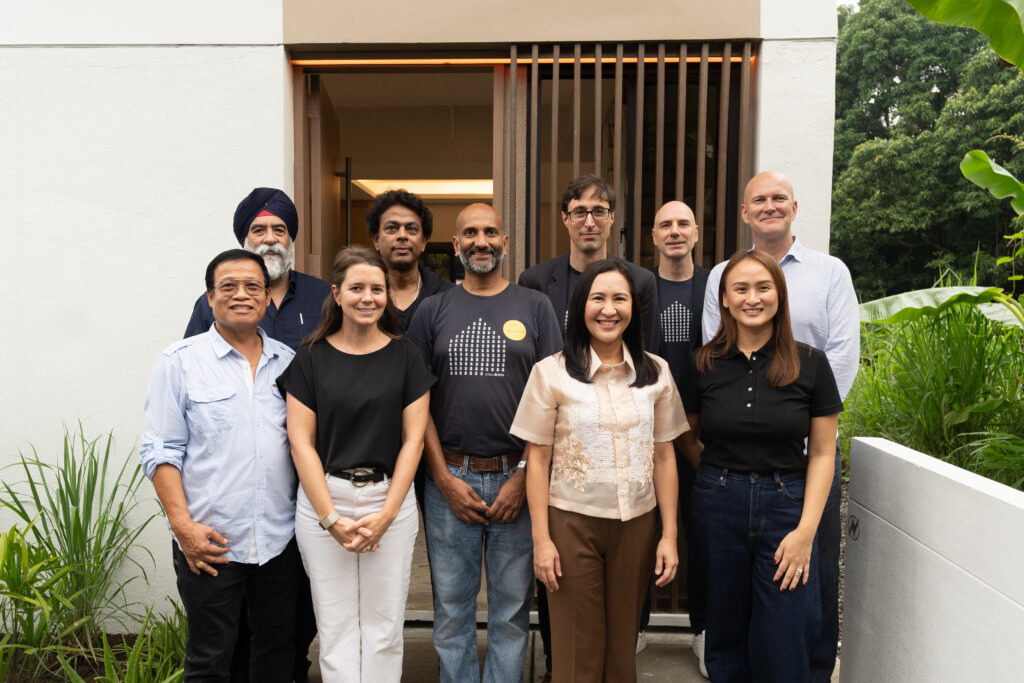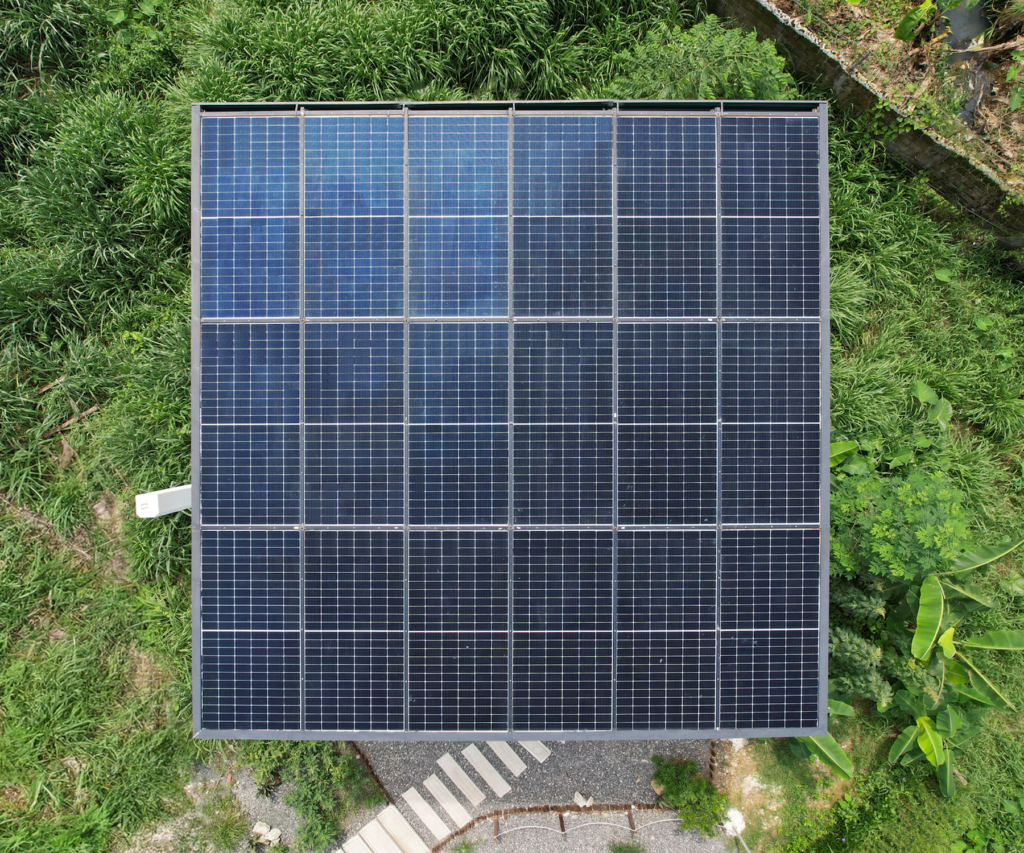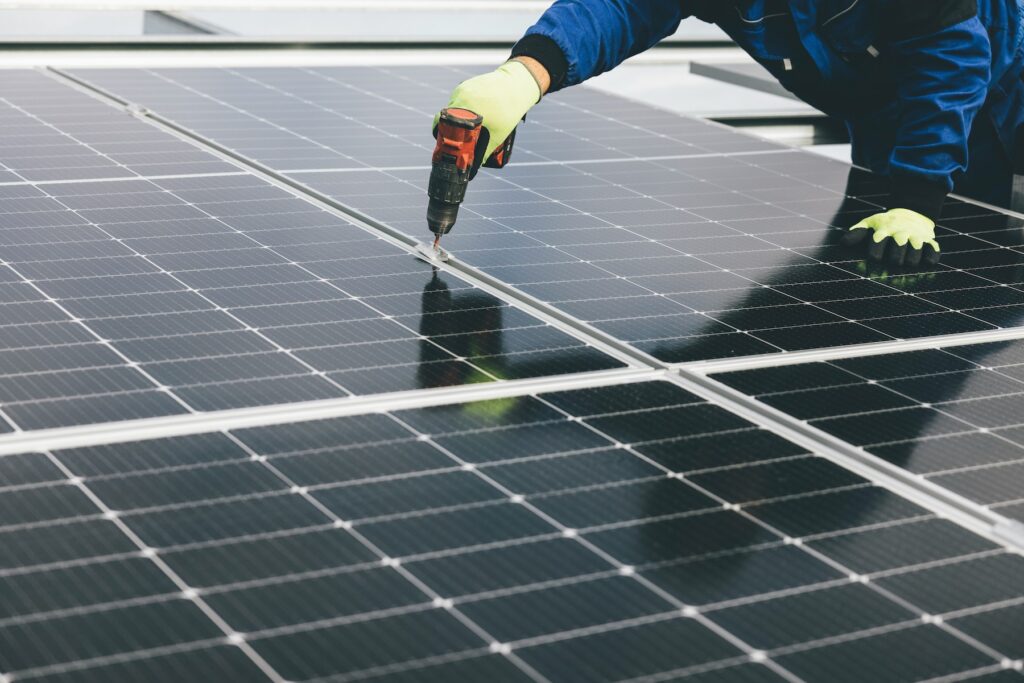
It’s unfortunate that even with lots of resources, energy poverty is still a pressing issue in the Philippines, which results in millions of households left struggling to access affordable and reliable electricity. And as the country’s population continues to grow, the solution to the matter is becoming a thinner line.
The country is also facing a demand for power we’ve never seen before. Yet, many rural and underserved communities remain in the dark—literally and figuratively. This is where solar energy comes into play. Luckily, solar-powered housing has emerged as one of the promising solutions in recent years. This change becomes one of the most important ways to address energy poverty.
Solar-powered housing in the Philippines harnesses the abundant sunlight that the country enjoys at least 300 days a year. This allows communities to break free from costly and unreliable traditional power grids.
In this article, we’ll explore how solar energy in the Philippines is helping alleviate energy poverty and the role of innovative solutions like those from BillionBricks.
What is the reality of Energy Poverty in the Philippines?
According to the Philippine Statistics Authority (PSA), around 2.36 million households, about 10% of the total, lack access to electricity. This issue is especially prevalent in rural areas where power infrastructure is either outdated or non-existent. If we are being specific, these areas are particularly in regions where even large electric power distributions can’t get their hands to.
High electricity costs also burden many Filipino families. In fact, the country ranks among the countries with the most expensive electricity in Southeast Asia – and being a third world country, this often leaves households with no choice but to endure limited to no power access. Or worse, some Filipinos resort to unsafe alternatives like kerosene lamps and diesel generators.
Why is solar energy a practical and sustainable solution?
Did you know that solar energy presents a very unique opportunity to combat energy poverty in the Philippines? Because unlike traditional power sources, solar energy is renewable, sustainable, and—once the infrastructure is in place, essentially free to use. Not convinced yet? Let’s see and break down why solar-powered housing is a game-changer for many communities in the country!
1. It’s a cost-effective power for low-income families

As many of you might know, solar power systems ultimately reduce monthly electricity bills significantly. And although yes, it initially requires investment, but overtime it’ll be deducted upon usage. Also, a lot of government subsidies are available to offer financing options for low-income families to install solar power systems.
The BillionBricks solar community showcases how integrating solar power with affordable housing can create self-sustaining, energy-independent communities. The project not only cuts energy costs but also provides residents with the opportunity to generate surplus power, which can be sold back to the grid for extra income.
2. Energy Access for Remote Areas
Many rural barangays in the Philippines are located far from the national power grid, making solar energy an ideal solution. But with solar panels that can be installed on rooftops or community spaces, it provides decentralized power that doesn’t rely on long transmission lines.
- Case in Point: In a rural barangay somewhere in Rizal, a small off-grid community, a solar initiative helped power dozens of homes with clean and reliable energy. This allowed residents to work and study after sunset, greatly improving their quality of life.
3. Reducing dependence on fossil fuels
There are huge reasons why traditional energy sources like coal and diesel not only harm the environment but also make communities vulnerable to price fluctuations and supply disruptions. These reasons are so much bigger than us, and we at BillionBricks like to take it up one-by-one. This is why one of our goals is to help communities have access to solar power that helps reduce carbon emissions and promotes energy independence.
- Global Perspective: Countries like Bangladesh and Kenya have made significant progress in alleviating energy poverty through solar-powered housing projects, setting a positive example for the Philippines to follow.
What’s the role of BillionBricks when it comes to fighting Energy Poverty?
BillionBricks, a social enterprise dedicated to solving housing and homelessness issues, is actively working on creating net-zero communities powered by solar energy. Their innovative designs integrate solar rooftops directly into affordable housing units, making clean energy accessible to low-income families.

Why BillionBricks stands out:
- Affordable and Sustainable Housing: The homes are designed to maximize energy efficiency and comfort.
- Income Generation: Residents can sell excess energy back to the grid, creating an additional revenue stream.
- Empowering Communities: By equipping homes with renewable energy systems, BillionBricks helps break the cycle of energy poverty.
Challenges and opportunities

While the potential of solar-powered housing in the Philippines is clear, challenges still remain:
- High Upfront Costs: Installing solar systems can be expensive, but innovative financing options like microloans or government subsidies can alleviate the burden.
- Maintenance and Infrastructure: Training locals to maintain solar panels ensures long-term sustainability and creates job opportunities.
- Community Engagement: Gaining community buy-in and educating residents about the benefits of solar energy is crucial for long-term success.
BillionBricks’ projects are a testament to the transformative power of sustainable housing. Through strategic partnerships and community-driven initiatives, the Philippines can move closer to a future where no household is left in the dark.
Are you ready to support a brighter future for the Philippines?
Let’s harness the power of the sun and create net-zero communities that thrive, even in the face of adversity.
References:
- Roxas, F. Y., & Santiago, A. L. (2009). A New Systems Paradigm for the Rural Electrification Program, Philippines. Retrieved from https://www.osti.gov/etdeweb/servlets/purl/21390270
- BillionBricks. (n.d.). Harnessing Solar Power: The BillionBricks Way to Affordable Housing. Retrieved from https://billionbricks.org/blog/harnessing-solar-power-the-billionbricks-way-to-affordable-housing/
- Energy Tracker Asia. (2023). Solar Energy in the Philippines – Current State and Future. Retrieved from https://energytracker.asia/solar-energy-in-the-philippines/
- ASEAN Centre for Energy. (2018).Philippines Falls Far Short of Realizing Solar, Renewable Energy Potential. Retrieved from https://aseanenergy.org/news-clipping/philippines-solar-energy-profile-philippines-falls-far-short-of-realizing-solar-renewable-energy-potential/




